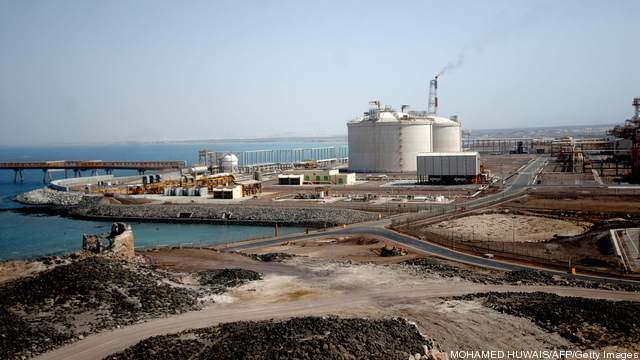There is a great deal of focus on the US LNG export permitting process, with many LNG export proponents grumbling about delays in receiving required approval from the Department of Energy and Federal Energy Regulatory Commission.
And while there are legitimate issues associated with obtaining necessary permits – primarily delays in the process can impede a project’s potential competiveness as companies race to bring liquefaction on stream ahead of competing overseas ventures in Australia, the Eastern Mediterranean, Papua New Guinea and other locations.
But it’s also important to point out, as EIA Administrator Adam Sieminski did yesterday at the Oil & Gas Strategies Summit in New York, that not all permitted projects will get built. The permits are one piece of a complex project development structure heavily reliant on financing, long-term offtake agreements, commodity price dynamics and broader economic conditions.
There is currently about 9 billion cubic feet per day of potential natural gas exports in the permit pipeline, but that does not mean the US will export 9 Bcf/d over the medium term. Many analysts anticipate exports in the 4 to 6 Bcf/d range.
“You need 3 permits to export LNG [from the US]: DOE, FERC and Adam Smith,” – Adam Sieminski quoting Fereidun Fesharaki

